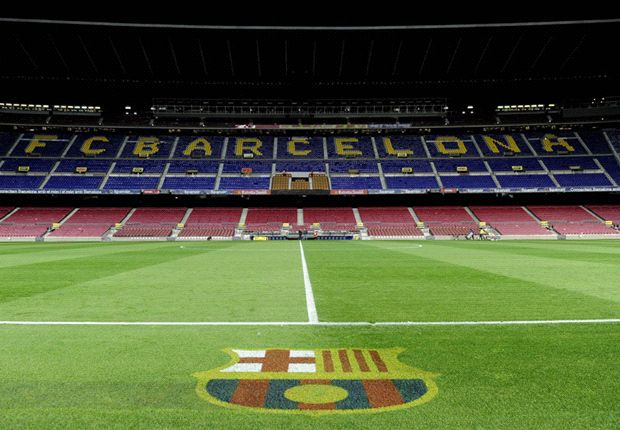The club was accused of breaching FIFA rules which prohibit international transfers of players under 18. The investigation on Barcelona started last year when no less than 6 youth players were banned. Their transfers were brought to light by FIFA's web-based 'Transfer Matching System' - a database to which all association and clubs in the world (including Malta) have access to encode transfers of players from one country to another.

Barcelona are certainly not short of admirers of their football. I am one of them. However, they were recently in the news for the wrong reasons when they were handed a 14-month ban on transfers. That covers two transfer windows: this summer and January 2015.
Pundits are busy assessing how this could affect Barca’s chances on the pitch next season. I am less inclined to do so. Firstly, because the decision is subject to appeal, and therefore possibly changed. Secondly, because even if it doesn’t, Barcelona is not exactly lacking in quality players as to be in some dire need of inward transfers.
Rather, I have an inkling that transfers of under-age players is a widespread phenomenon and that such a high-profile case could be an opportunity for people to start taking notice of it. In some cases it may amount to nothing short of trafficking.
The rationale behind these rules is to protect minors from displacement from their country of origin. The players concerned in this case hailed from as far as South Korea, Cameroon, and Nigeria.
There are of course exceptions to the rule. For example, when the player’s parents move to the country in which the new club is located for reasons not linked to football (say, one of the parents moves for professional reasons). Another applies where the player lives no further than 50km from a national border and moves to a club in the neighbouring country within 50km of that border.
Beyond big clubs and elite football, the movement of players (including minors) is huge. Hundreds of players seek better pastures in lower leagues all over Europe each year, especially from South America and Africa. But not only. Young players move within Europe as well to try to make a living out of football, at the risk of ending up stranded in a country they do not know when things go wrong.
It is not easy to determine what is more favourable to a promising young player. A transfer may present the golden opportunity to pursue a career in football. There is also the possibility, however, that the kid falls by the wayside and into oblivion in case s/he doesn’t make it. My impression is that the latter cases are far more numerous and make less headlines.
Every international transfer involving a minor is subject to the approval of a subcommittee of FIFA’s Players’ Status Committee. “The interest in protecting the appropriate and healthy development of a minor as a whole must prevail over purely sporting interests,” the Committee was quoted saying in FIFA’s statement. The Spanish FA, through which reporting of similar transfers should be made, was also reprimanded and fined.
The big question is how many athletes are really affected by such poaching or head-hunting practices? What happens to the ones who never make it to the cut-throat world of big stadia? Perhaps this is slightly more relevant than trying to decipher whether Barcelona will be able to challenge for the title next year without being able to buy more players.
No comments:
Post a Comment